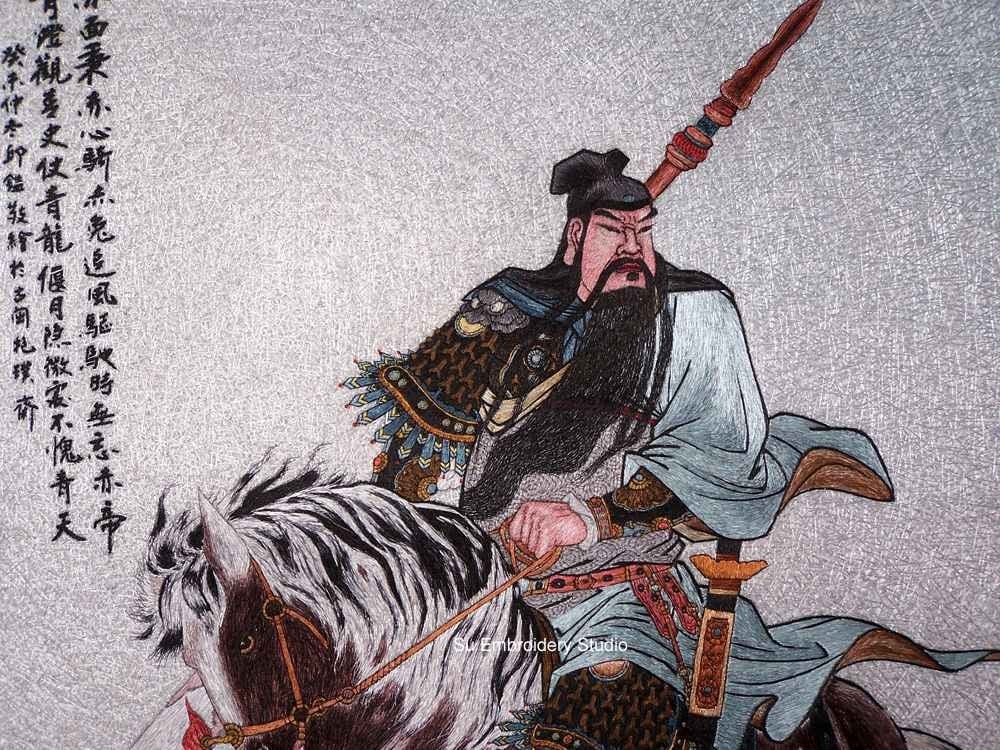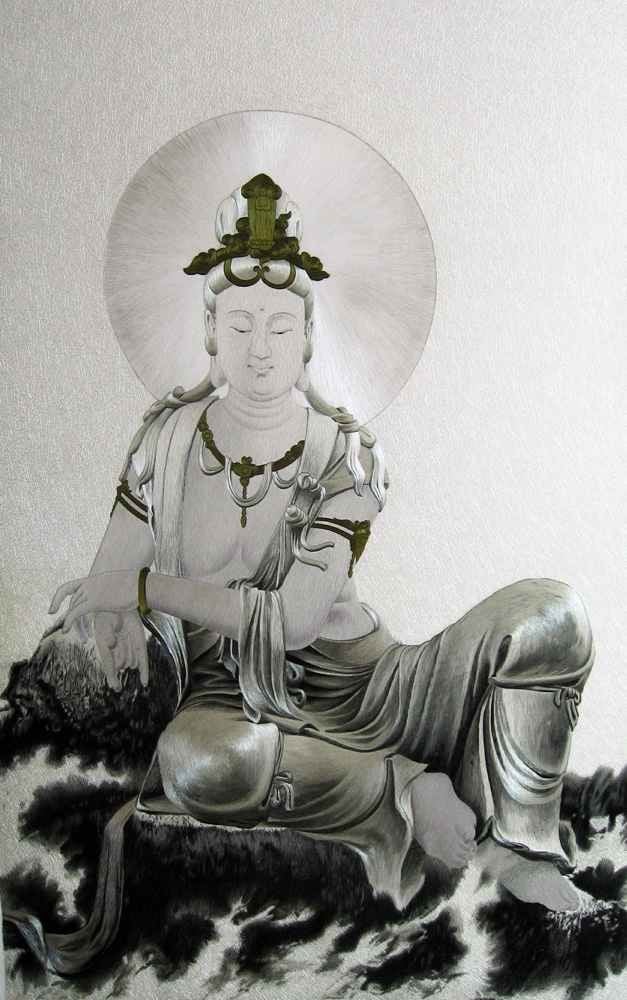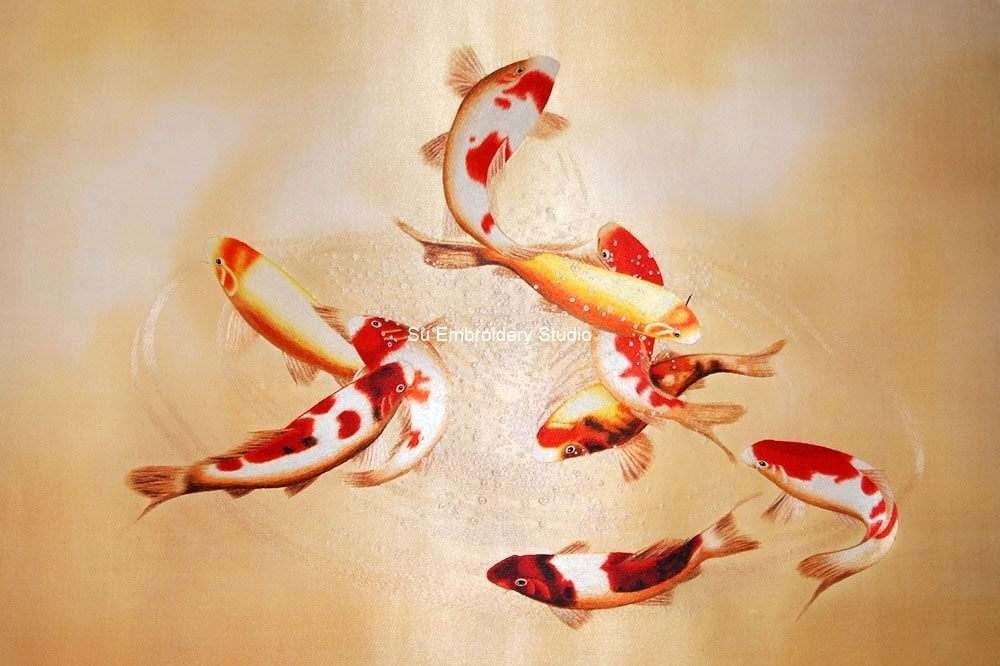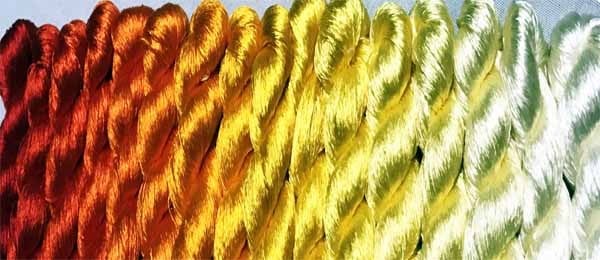
In China, the primary material chosen for hand embroidery is silk thread, which is closely associated with China's ancient silk culture and the development of embroidery art. China is the country where sericulture and silk production were first invented, and silk has held an extremely important position in Chinese history.
According to archaeologists, the history of sericulture in China can be traced back to the late Neolithic period, about 5,000 to 6,000 years ago. The earliest evidence comes from the remains of the Yangshao culture in central China, where pottery and bone needles with remnants of silk protein were unearthed, indicating that ancient people had begun to experiment with silkworm silk. Over time, sericulture techniques gradually improved, especially during the Spring and Autumn Period and the Warring States Period, when sericulture and silk production technologies saw significant development. Ancient texts such as the "Book of Songs" contain records of sericulture and silk weaving, reflecting the widespread production of silk during this period.
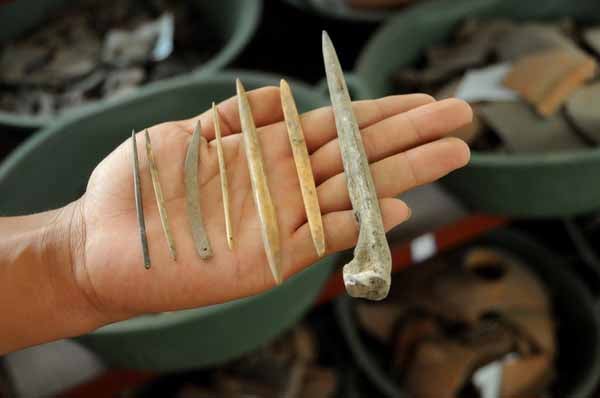
Bone Needles Unearthed
Silk has been highly valued for its smooth and soft texture, brilliant luster, and rich colors. In ancient times, silk was not only a luxury item for the aristocracy but also an important commodity for China's foreign trade. The Silk Road was one of the most important trade routes in ancient times, originating in the Han Dynasty and connecting multiple civilizations in China, Central Asia, West Asia, and even Europe. Through this route, Chinese goods such as silk, tea, and porcelain were transported to distant lands, promoting exchanges in culture, religion, and technology.
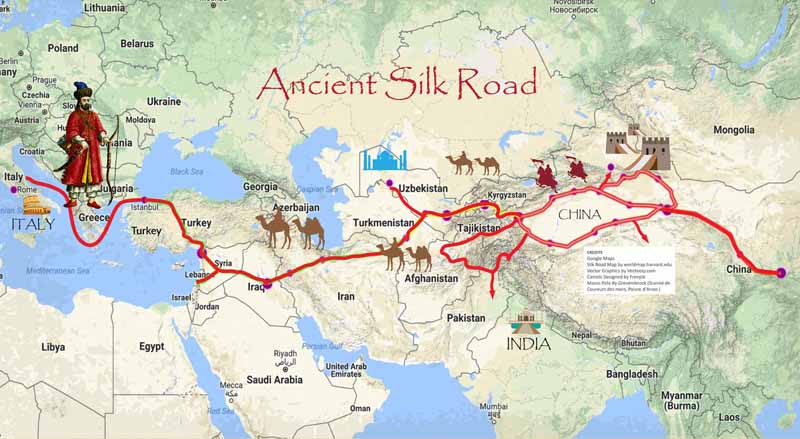
The Map of Silk Road
Silk holds an important position in traditional Chinese culture, serving not only as a symbol of wealth and status but also as a medium for art and aesthetics. Ancient literati often used silk as a material for writing and painting, such as silk scrolls and silk fan surfaces. The production and trade of silk also contributed to the development of the social economy, especially during the Tang and Song Dynasties, when the prosperity of the silk industry made significant contributions to national fiscal revenue and urban economy.
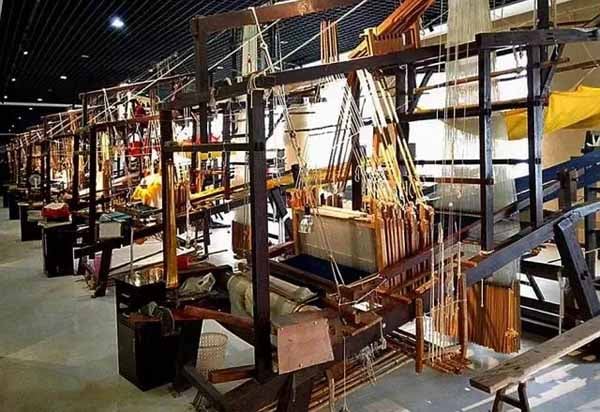
Weaving Silk
Although silk production techniques were initially strictly guarded in China, over time, this technology gradually spread to the Korean Peninsula, Japan, and even farther regions. The Silk Road not only spread material goods but also disseminated technology and culture, exerting profound influence on world history.
Sericulture and silk production are not only important components of Chinese handicrafts but also important symbols of ancient Chinese civilization. The development and perfection of this traditional skill not only fueled the prosperity of Chinese embroidery art but also had a widespread impact globally.
As a material for embroidery, silk thread possesses the following characteristics:
1. Soft and smooth texture
Due to the natural protein fibers of silk, silk thread has excellent softness and smoothness. This softness makes silk thread glide more smoothly through fabrics, reducing damage to the fabric and providing a comfortable feel to embroidered works.

Soft Silk Satin Fabric
2. High luster
This is due to the smooth surface of silk thread and its ability to reflect light. This luster not only enhances the visual appeal of embroidered works but also exhibits varying beauty under different lighting conditions, making the embroidery works more vivid and three-dimensional.

Silk Threads with High Luster
3. Rich colors
Silk thread can be dyed into various colors through dyeing processes, ranging from basic reds, yellows, blues, and greens to complex gradient colors and metallic shades, almost mimicking all colors found in nature. This rich color selection provides embroidery artists with a broad creative space, enabling them to create works with rich color layers and stunning visual effects. Additionally, the stability of silk thread dyeing is relatively high, so even after long-term display or use, the colors are not prone to fading, maintaining the enduring beauty of embroidered works.
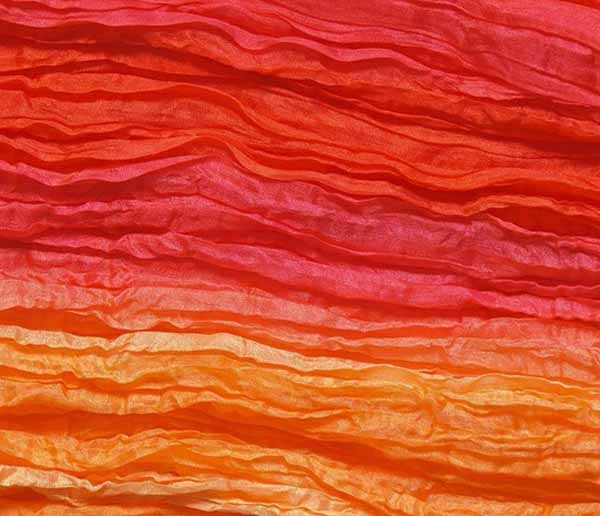
Silk Fabric Dyed in Different Colors
4. Long history
The history of embroidery in China can be traced back to the late Neolithic period, when people began using simple embroidery techniques to decorate clothing and everyday items. With the opening of the Silk Road, Chinese silk and embroidery techniques spread to various parts of the world, influencing global textile arts.
Silk thread embroidery has not only been a part of daily life in Chinese history but also an important component of court culture and religious art. From imperial dragon robes to the mounting of Buddhist scriptures, silk thread embroidery has always been a significant carrier of traditional Chinese culture.
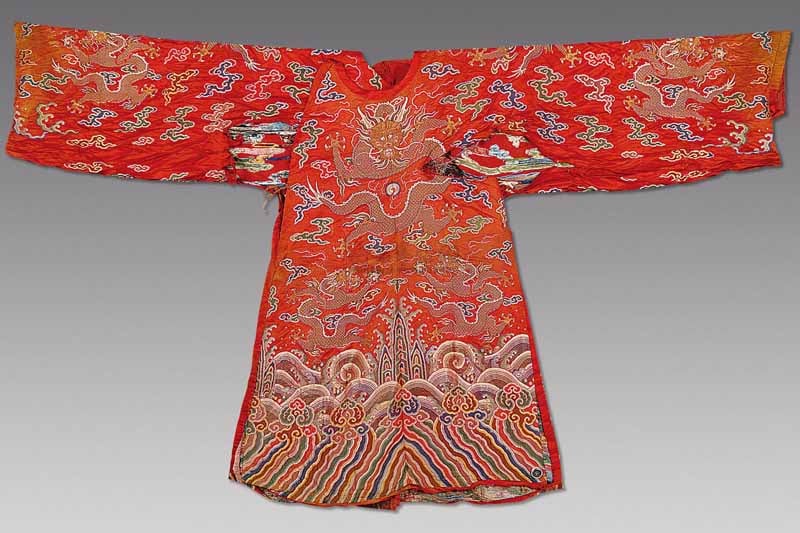
A Hand Embroidered Silk Robe for the Empeor in Ancient China
5. Cultural symbol
In traditional Chinese culture, silk thread is not just a material; it also carries profound cultural significance. Silk thread symbolizes beauty, nobility, and delicacy, qualities that resonate with the ideal female image in traditional Chinese culture. Using silk thread for embroidery not only showcases craftsmanship but also carries on and respects traditional Chinese culture. Each embroidered work is a tribute to Chinese traditional handicrafts and a preservation of history and culture.
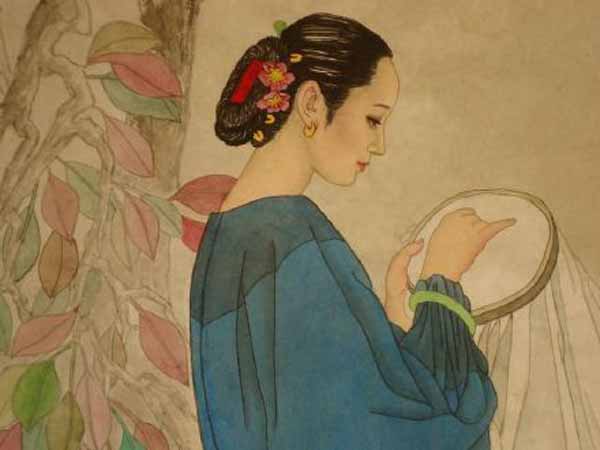
Painting of a Chinese Lady Embroidering
In conclusion, the dominant position of silk thread in Chinese hand embroidery is not only due to its physical properties but also its close connection with China's profound cultural traditions and historical heritage.
by Su Embroidery Studio (SES), Suzhou China
SES is dedicated to Chinese Silk Embroidery Art and High-End Custom Embroidery
Find SES's embroidery work at Chinese Silk Embroidery for Sale.
Buy Chinese Silk Embroidery Online










